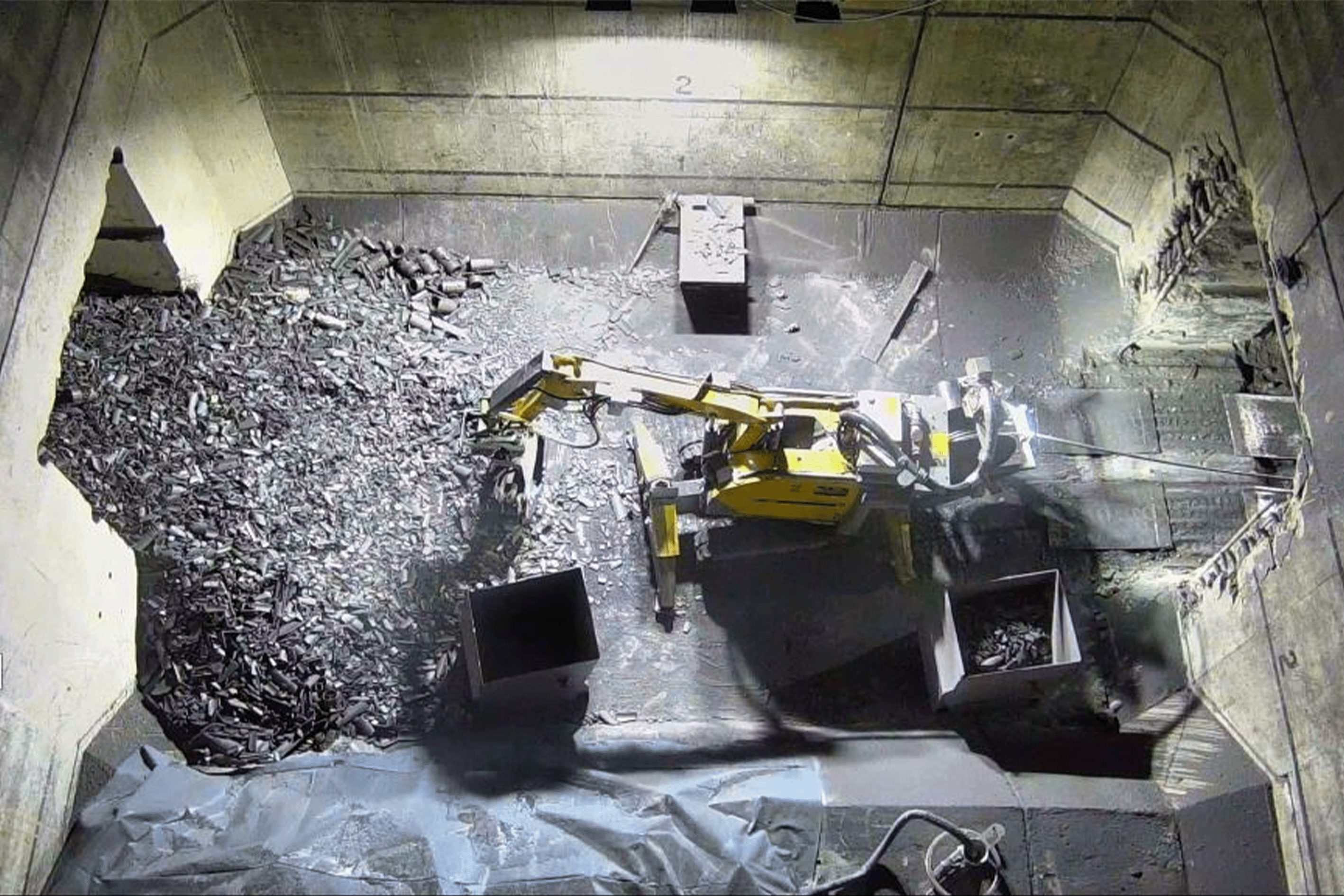The Nuclear Industry Association (NIA) welcomes the opportunity to respond to the consultation on a variation to the Radioactive Substances Regulation Environmental Permit for Hinkley Point C (HPC) Nuclear Power Station by the Environment Agency.
The NIA is the trade association and representative body for the civil nuclear industry in the UK. We represent around 250 companies operating across all aspects of the nuclear fuel cycle, including the current and prospective operators of nuclear power stations, international designers, and vendors of nuclear power stations, and those engaged in decommissioning, waste management and nuclear liabilities management. Members also include nuclear equipment suppliers, engineering and construction firms, nuclear research organisations, and legal, financial and consultancy companies.
Overview
The NIA believes that all the information contained in the Environment Agency’s proposal is correct, and there is nothing in the proposal to change from wet storage to dry storage that challenges the initial proposal. Therefore, there is no reason for the Environment Agency to not grant the variant of the permit.
Wet and dry storage are both safe, viable, and economical means of storing spent nuclear fuel on-site before its eventual transfer to a Geological Disposal Facility (GDF). We note that both were identified as viable options when the initial permit was issued in 2013, and that at the time only a marginal preference was expressed for wet storage.
In now pursuing dry storage, the operator of Hinkley Point C will maintain the same exemplary levels of safety and oversight while realising some key benefits:
- Dry storage casks will not require the same initial investment as wet storage, which would require an aircraft protection shell. While the lifetime costs are comparable, this initial advantage in construction is notable.
- Dry storage casks have all safety features inherently included. As they are passively cooled, they do not require external power to pump cooling water like in wet storage. This should lessen the regulatory burdens associated with maintaining an active cooling system.
- Dry storage does not involve minor liquid and gaseous discharges during the operation of the plant, which again should lessen the regulatory burdens of the waste storage system. These discharges in wet storage systems pose no environmental threat and are safe, but they involve permitting, monitoring and inspection requirements that add extra costs compared with dry storage.
- Dry storage will reduce the visual impact of the waste storage system by obviating the need for the 53m stack for gaseous discharges.
- Dry storage at Hinkley Point C will allow the operate to capture fleet effect benefits by applying the same solution envisaged for Sizewell C – Hinkley Point C’s twin station – and currently operational at Sizewell B. Employing the same storage system will allow the accumulation of applicable expertise across EDF’s fleet of Pressurised Water Reactors (PWRs) and the application of lessons at one station to all, improving efficiency.
Dry storage, as noted, is a solution proven to be safe and effective here in the UK and abroad:
- Dry storage has been employed at Wylfa A Nuclear Power Station since 1971, so the UK in fact has access to 50 years of expertise in this waste storage method and therefore is not a new challenge for the industry to manage or adapt to.
- Dry storage has been operating successfully at EDF’s Sizewell B, the UK’s only PWR, since 2017. The operator would transfer the experience gained here to Sizewell C when it begins construction.
- Dry storage is used extensively and without incident in the US, which has the largest nuclear fleet in the world and the largest stock of spent fuel. There are also examples of the safe use of this practise in Canada and Europe
Dry storage would not change the ultimate pathway for the disposal of spent fuel from Hinkley Point C. Spent fuel will still be transferred to GDF-compliant casks at the end of the Hinkley Point C’s operational life for storage in the GDF, in line with UK policy. The volume of spent fuel generated will not be affected and thus requires no revision of GDF forecasts.
We must stress that this is not a variation in the design of the power station that would require a greater review, but a utilisation of a proven different method of handling radioactive waste that the nuclear industry and regulator are already practised in.
The NIA strongly supports the Environment Agency’s recommendation to allow the variation of permit. Both dry and wet storage are proven, safe and effective solutions for spent fuel storage, and both could be applied to future nuclear development in the UK.
In this instance, we believe the operator has set out a number of sound reasons for employing dry storage, which will uphold the UK’s exemplary record in dealing responsibly with nuclear legacy issues.











